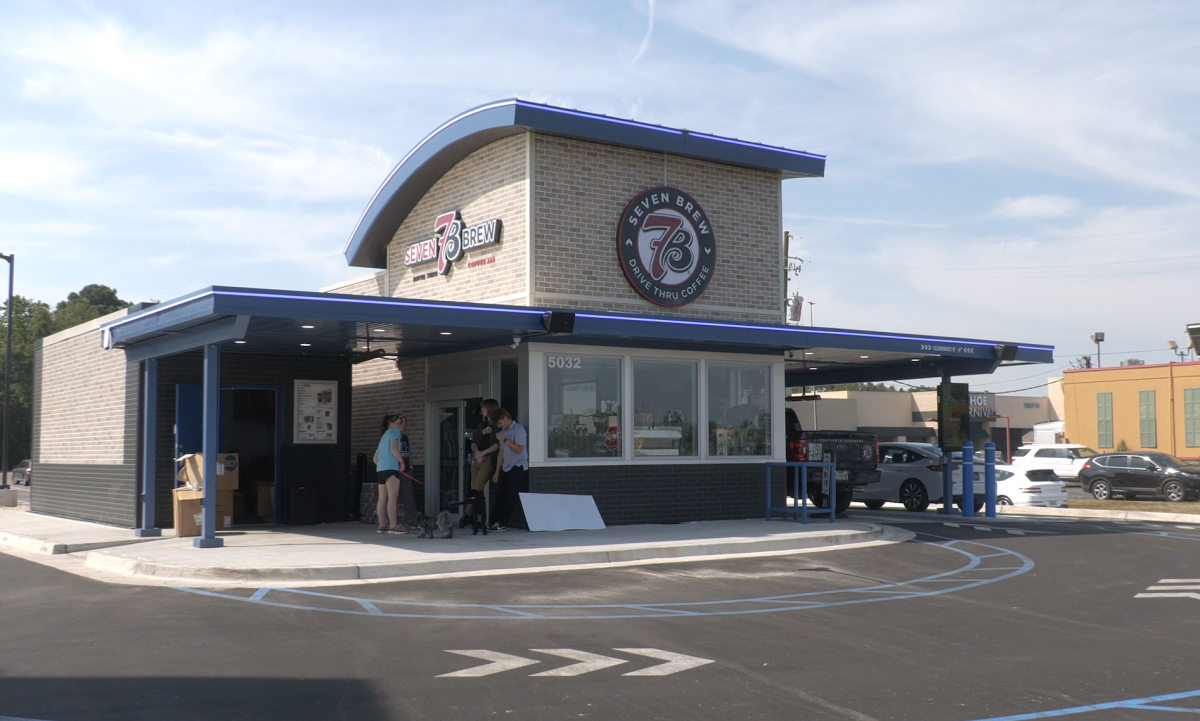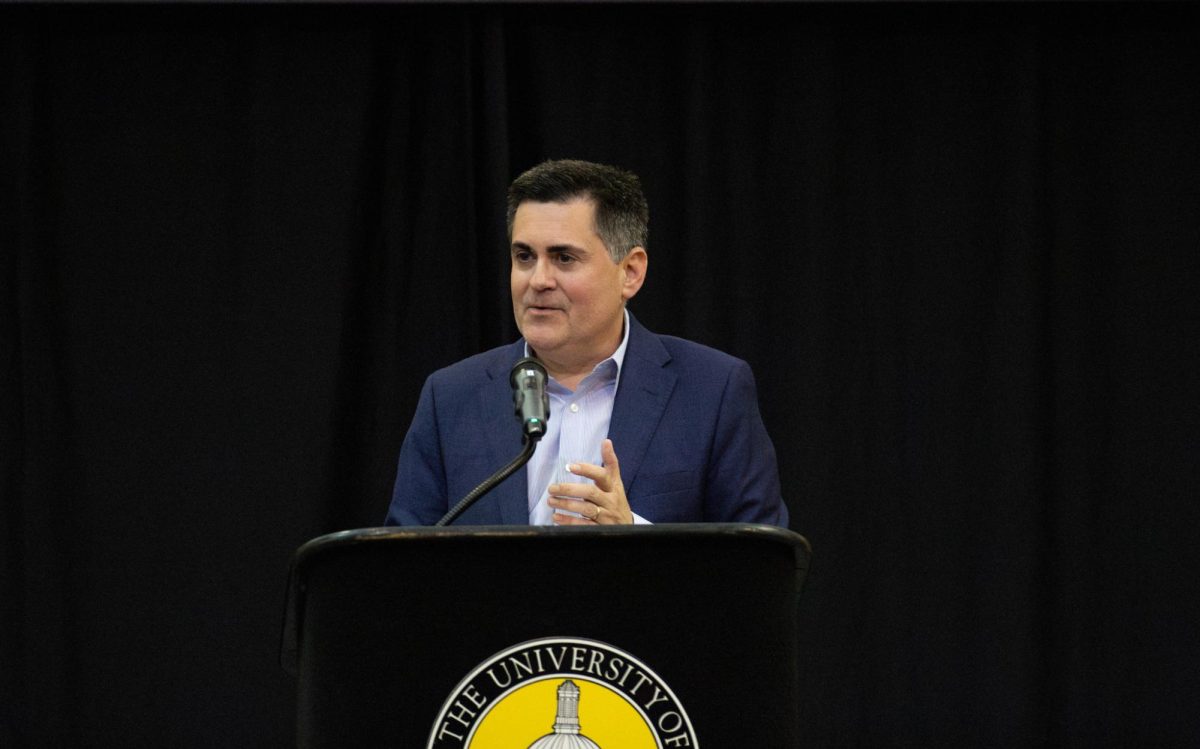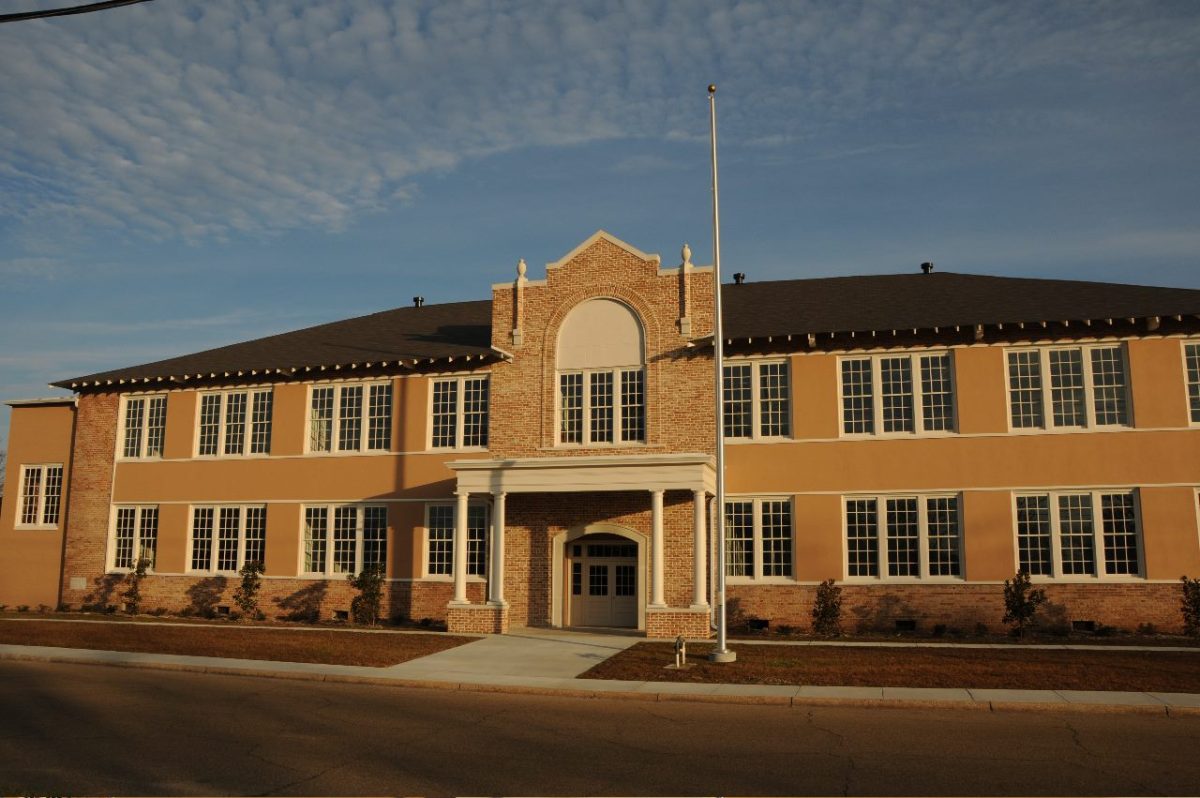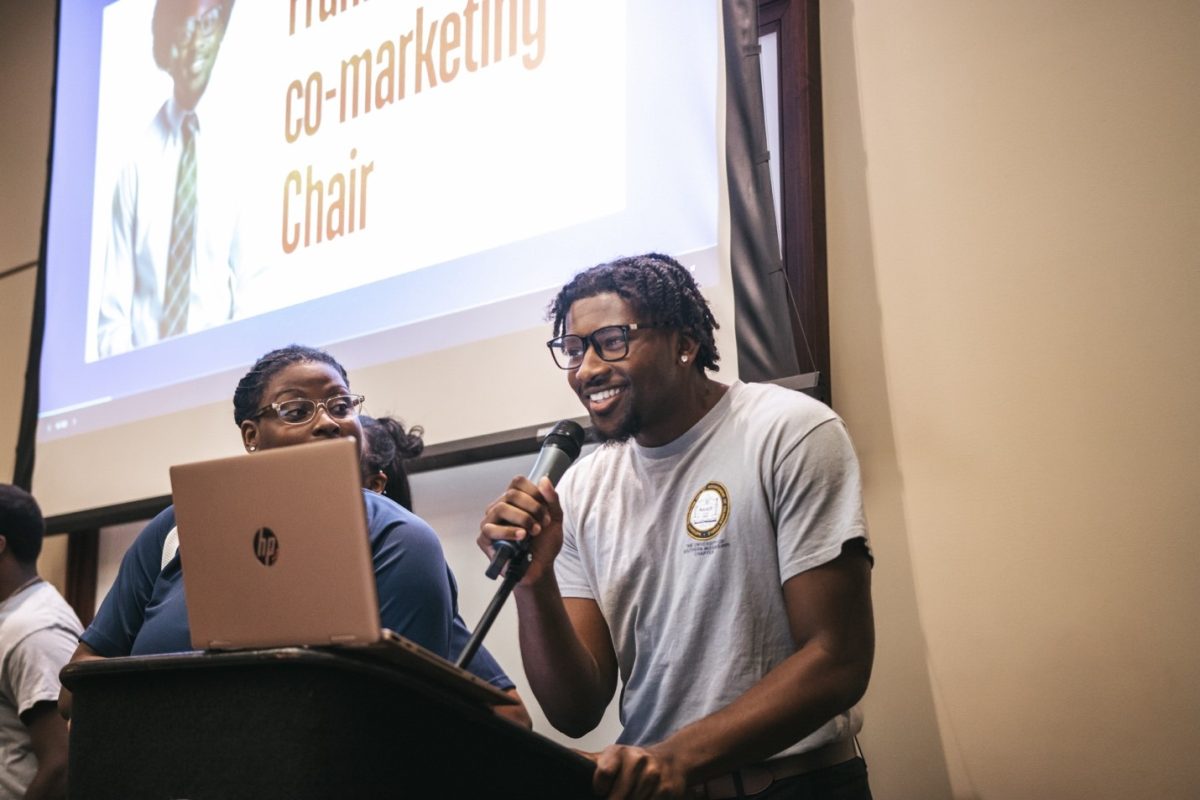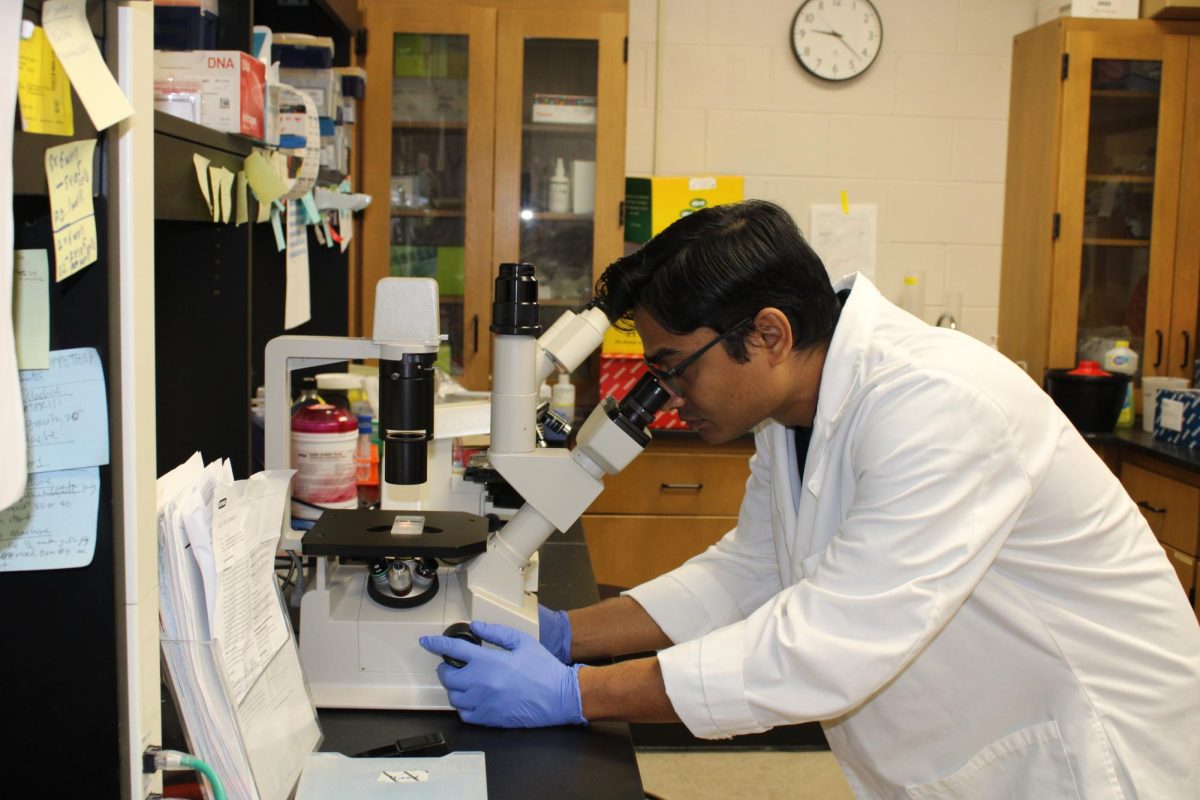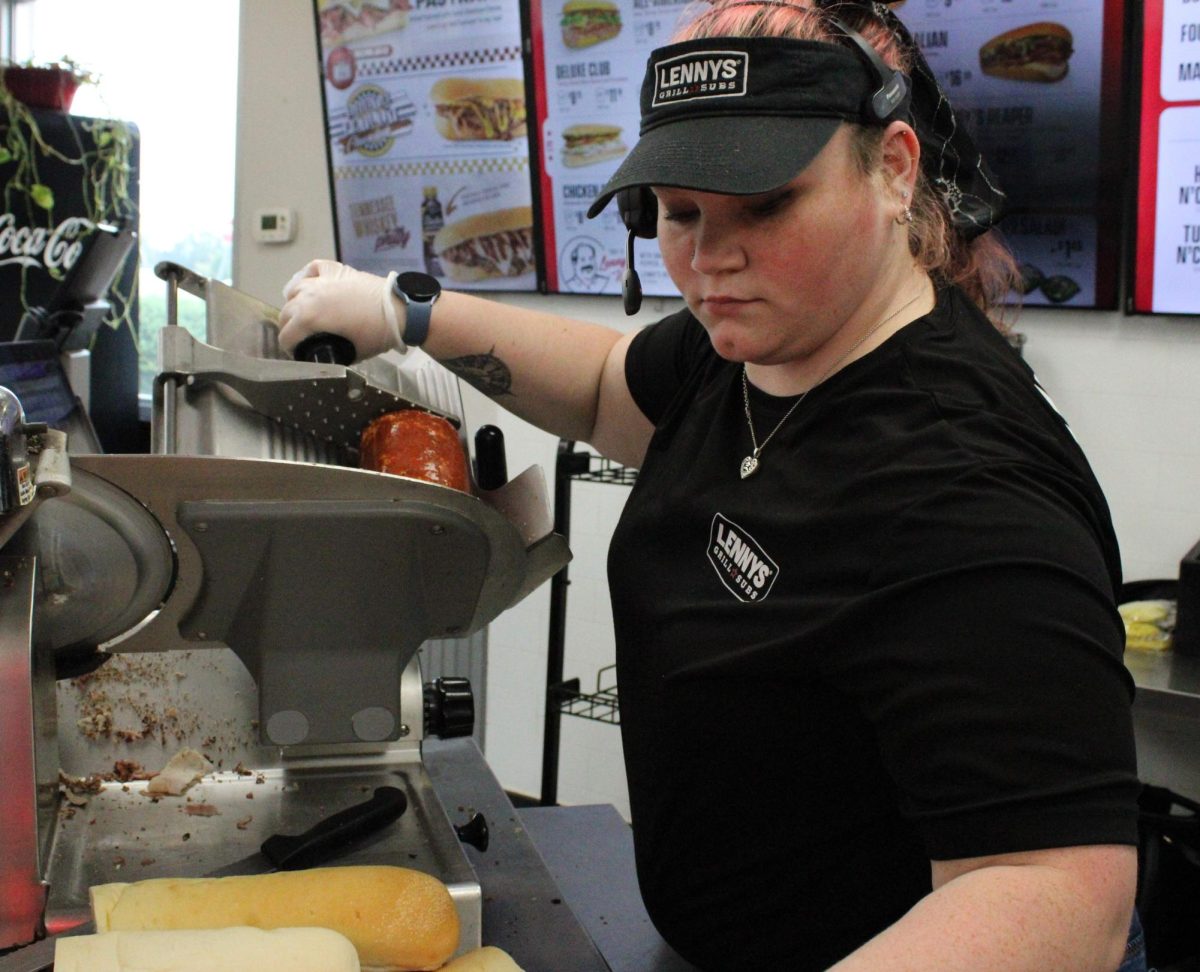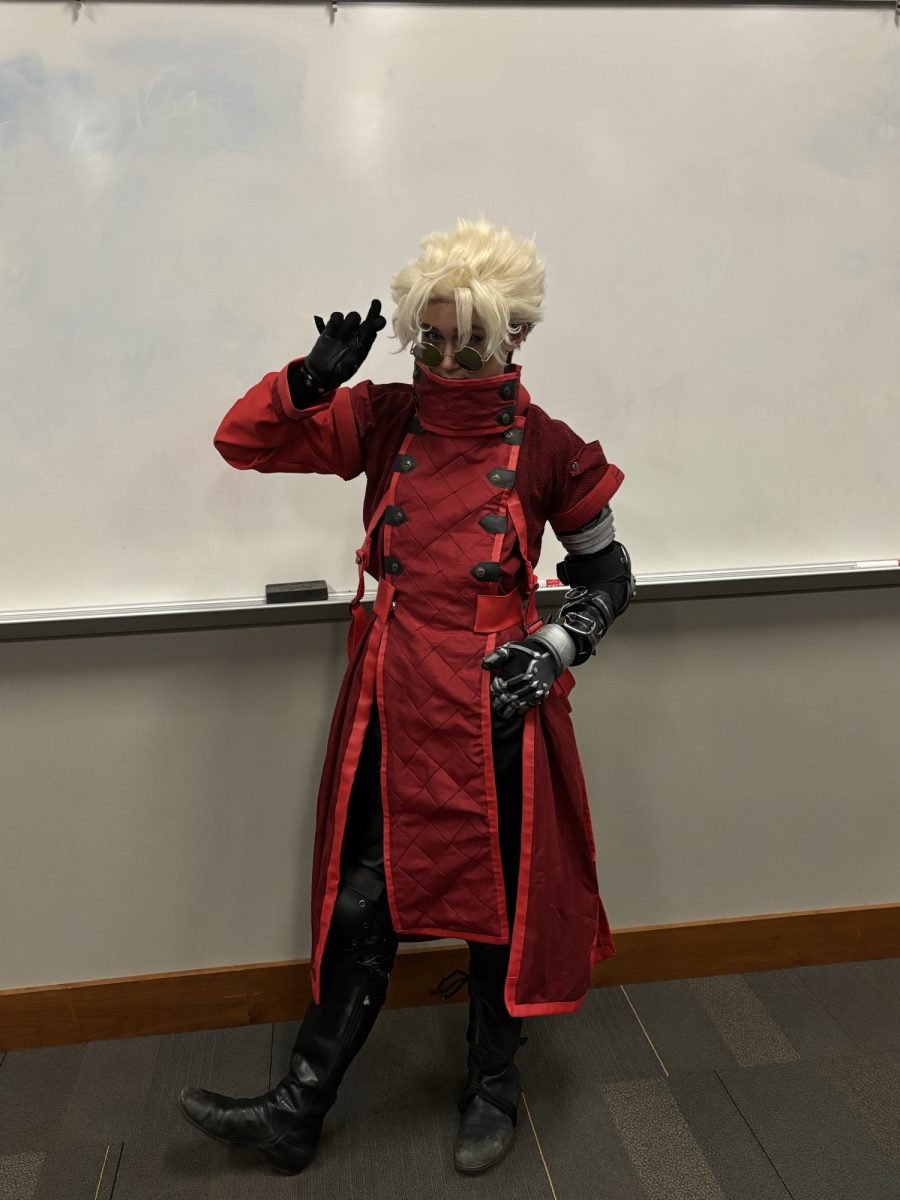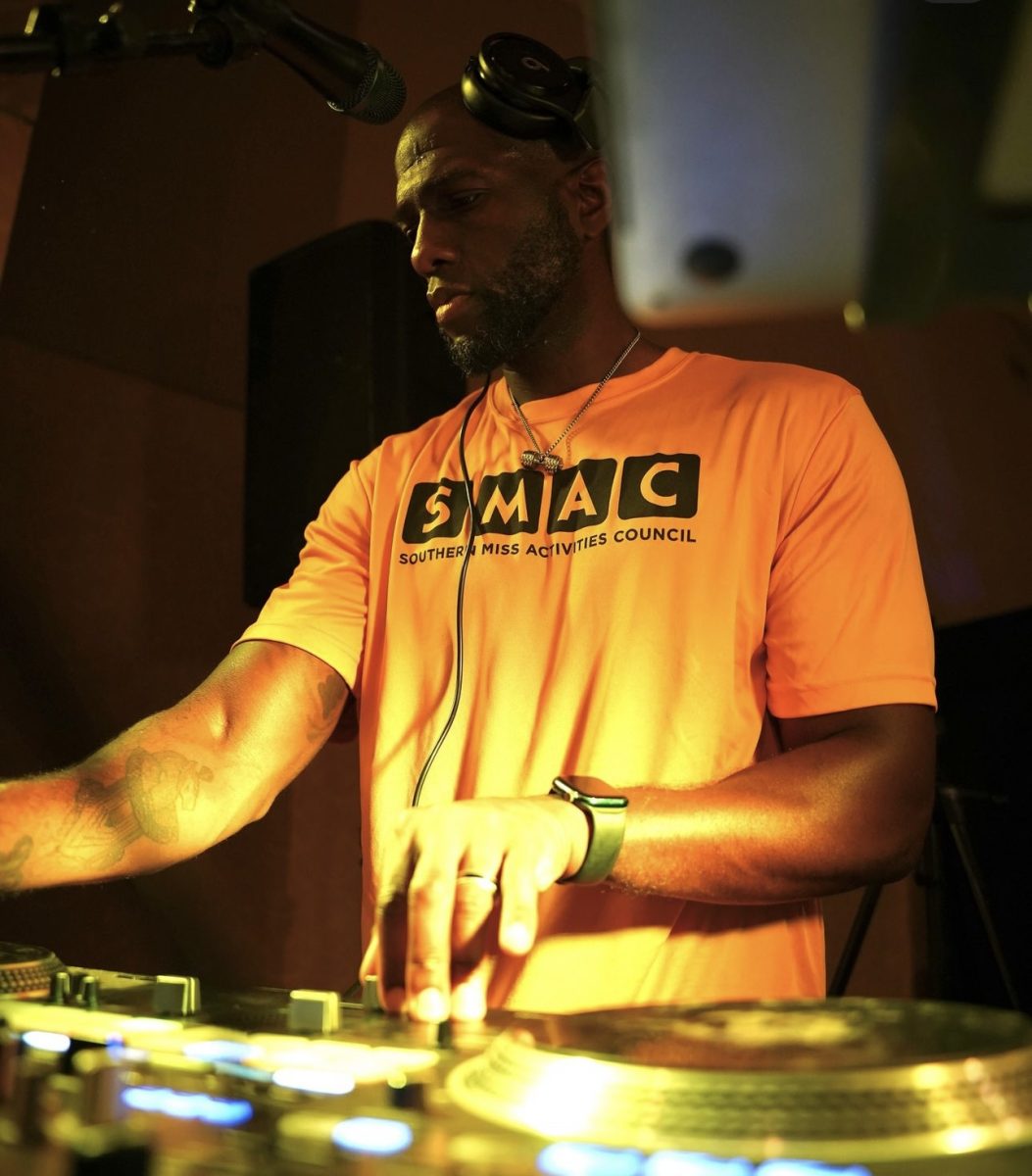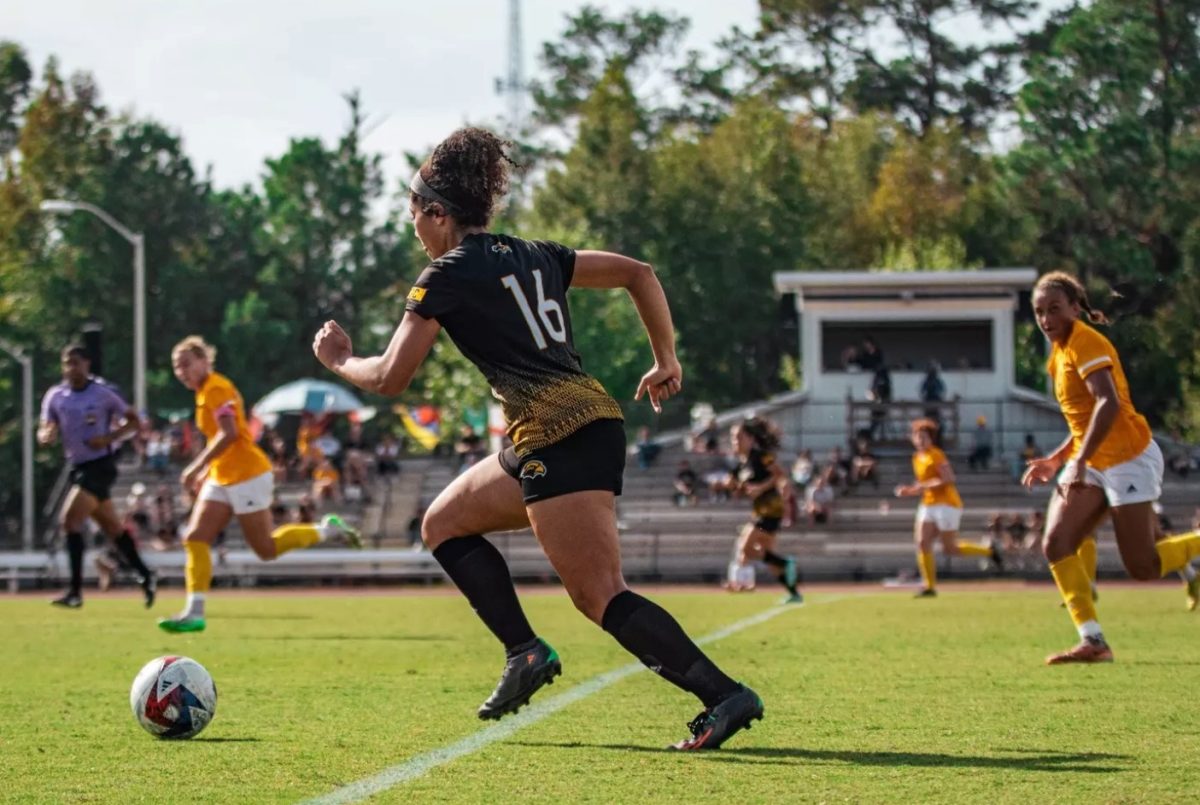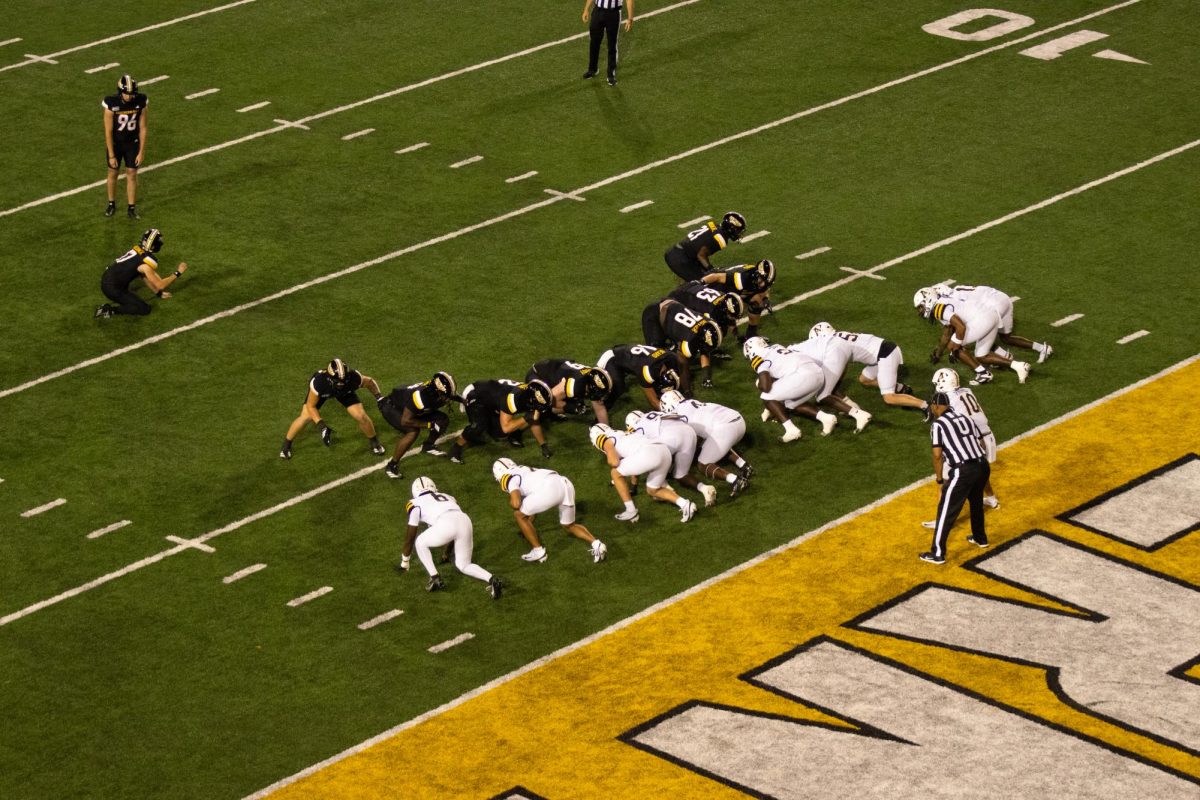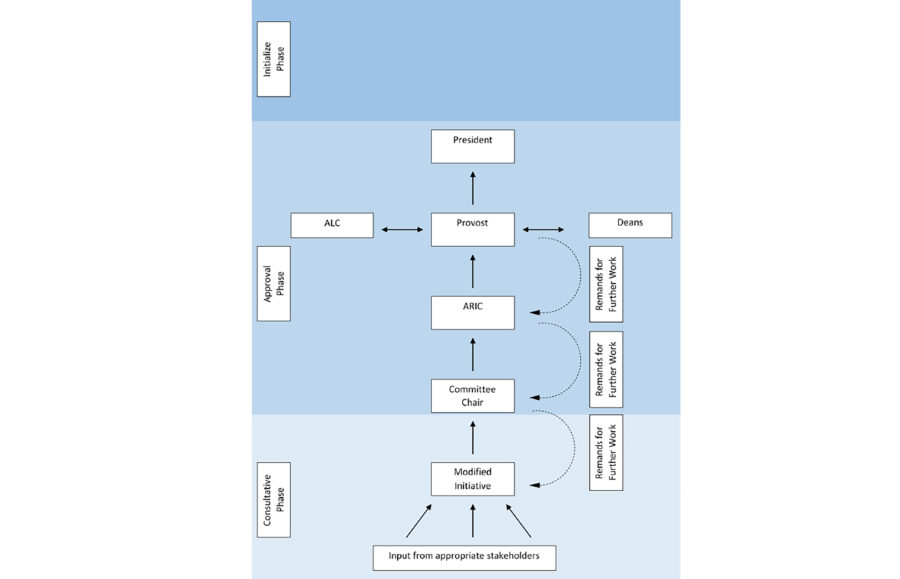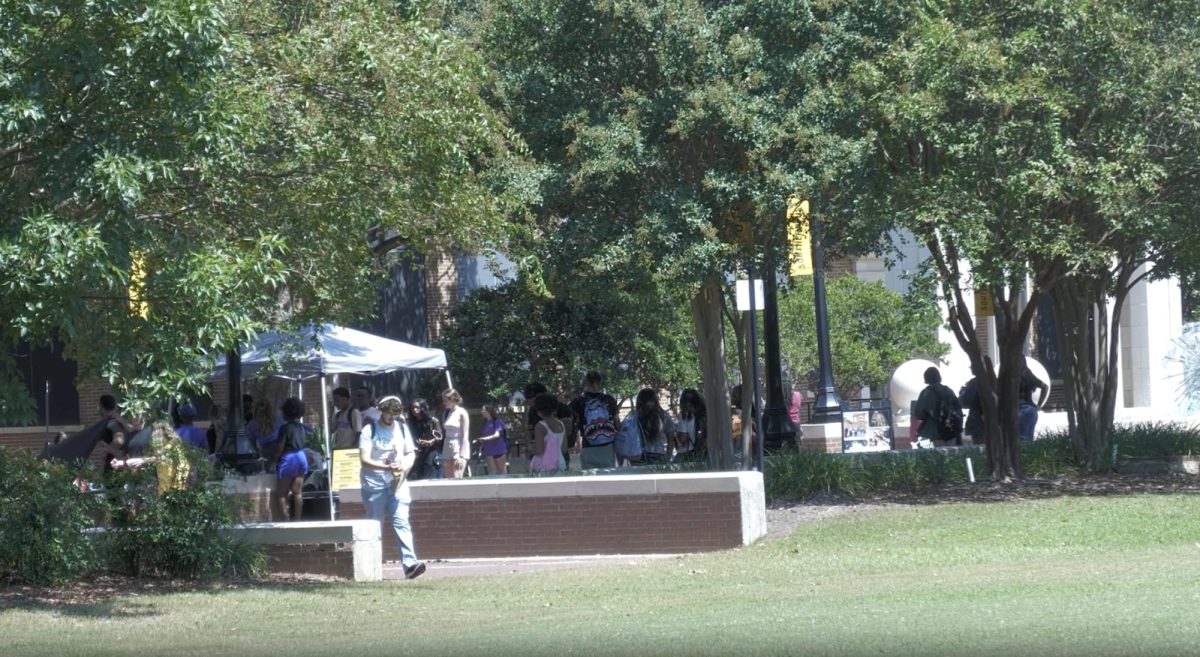According to university documents, a Scheduling Task Force was formed in the fall of 2016 and charged with the task of constructing a new university class schedule. This was one of the first phases of the Academic Reorganization process at Southern Miss, and those changes, along with many other, began to take effect in Fall 2018.
While the most noticeable change for students is the new class schedule, there are many other changes going on behind the scenes at Southern Miss. In addition to the new class schedule, the division of colleges within the university also changed. What was once known separately as the College of Arts and Letters and the College of Sciences and Technology is now collectively the College of Arts and Sciences.
The rest of the colleges are College of Business and Economic Development, the College of Education and Human Sciences, the College of Nursing and Health Professionals, the College of University Libraries, the Honors College and the Graduate School. While the new division of colleges should not directly affect students’ graduation plans, it will affect where some of their classes are held and where various professor offices will be located.
A space committee was formed and charged with the task of organizing physical space to correlate with the new college organization. For example, the Dean of the College of Arts and Sciences Chris Winstead, Ph.D, is located on the second floor of the Liberal Arts Building. The new dean, whose degree is in sciences, is now working in a space that is predominantly shared with professors and students studying English, history and philosophy.
Looking past the confusion and adjustments, the reorganization has caused for current students in forms such as a new class schedule and the dissolvement of their academic department, the new structure of Southern Miss is being met with varying levels of acceptance and outrage by faculty, staff and students.
The new model of Southern Miss places a heavy emphasis and cash flow on administrative roles which then shrinks down to faculty and finally to students.This corporatization of higher education equates administration to employers, professors to employees and students to customers. It is not confined to Southern Miss, but is changing the way faculty and students view the university and feel about dedicating their time and funds here.
Professor of History Douglas Chambers, Ph.D., is one of the concerned faculty members who voiced his concern for students and frustrations with administration.
“I’m particularly concerned about our junior faculty,” Chambers said. “I’ve had a number of people come to me and basically say this isn’t what they signed up for when they agreed to make a career at USM. When they agreed to make a career at USM, they signed up for a real university that operates like a real university. they didn’t sign up for this, and that’s a real concern. We invest as a program and what used to be a department as a college and a university we invest in our junior faculty and that investment could be up in smoke because rightfully so a lot of junior faculty said this is not what they signed up for, and I don’t blame them.”
When asked if he believed Southern Miss had converted students to dollar signs, Chambers responded with the fact that he believed there is an increasingly corporate approach to higher education.
“It’s not limited to USM,” Chambers said. “But it’s always balanced by a commitment to principles of faculty/staff governance and of collective decision making and that’s not the case here. So it’s not just the corporatization of USM, it’s something else. I’d call it administrative incompetence.”
University Distinguished Professor of History Andrew Wiest, Ph.D., has been at Southern Miss for 30 years and appears to have a more optimistic tone about the reorganization and its effect on students.
“As far as students are concerned if the reorganization affects them that’s [professors’ and falculty’s] fault,” Weist said. “Let’s say there’s five-hundred faculty, then I’m one-five hundredth to blame for that. We should not let it impact students.”
Wiest also believes the reorganization will allow faculty more time to be productive outside of the classroom with less classes on Friday. Wiest has written several books and believes it is an important factor of increasing his school’s value for students.
Wiest is also hopeful for the future interdisciplinary relationships that can be fostered through the reorganization.
“We’re applying for a National Endowment for the Humanities grant,” Wiest said. “We’re in a real competitive place to get it. What’s changing so far is the interaction with different faculty members. Now there’s a science team on the second floor [of the LAB],” referring to the new Dean of the College of Arts and Sciences having a background in science.
Wiest also believes the reorganization will eventually make students more marketable to future employers, and that just getting used to the new rhythm of the reorganization does not necessarily make it worse than the old model.
However, for some professors like Lindsey Conlin Maxwell, Ph.D., the cons outweigh the pros. The reorganization process feels forced and rushed—a process that will ultimately negatively affect students.
“We also had to hurriedly think of curriculum decisions that otherwise we probably would have more time to think about,” Maxwell said. “We have new leadership that we did not have the say in choosing in what we thought we would have, even though our director is only an interim director. We didn’t have any say in who would fill that position for the time being.”
Maxwell also voiced frustrations with administration for their role in the reorganization and their lack of apparent sensitivity to the voices of faculty.
Chambers agrees, and is hopeful that the administration will take greater care in listening to the voices of their faculty, the individuals who keep the university running and who will determine Southern Miss’s success in the future.
“What the faculty would hope for and actually expect is an administration that exists to support our work,” Chambers said. “The bottom line is the faculty are the university, the students are our students, but it’s the faculty that really are the university. Ideally students leave after four years, and the faculty stay because we’re here. Administrators come and go. I’ve been here 19 years and I’ve experienced five presidents, five provosts and actually five department chairs. So the president and the provost are not the university—they come and go.”
Chambers said although students come and go, faculty are the backbone of the university and should be treated with more respect.
“It’s the faculty that makes it for the university, and we suspect that this current administration has it backwards,” Chambers continued. “In a couple of years, there may be a new provost, there may be a new president, we may go back to having departments, we may be a real university. But how many students, how many faculty will we lose before then? That’s the real question. It’s a sad situation.”
Provost and Senior Vice President of Academic Affairs Steven Moser, Ph.D., was contacted for an interview, but stated, “I will not be making further comments on the Reorganization until this 2nd phase of the implementation concludes in about 4 to 6 weeks. At that point I will update the campus community and would be happy to discuss the progress made from Phase II.”

